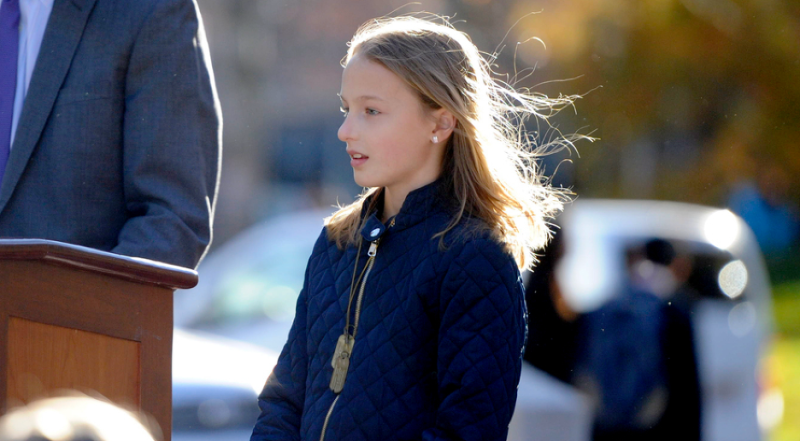
A tribute to our veterans . . . delivered November 11, 2016
As a member of the university’s senior leadership, it’s a great honor for me to welcome everyone here today. This is always one my favorite events each year at Northeastern. We are particularly honored to celebrate the 10th anniversary of Neal Finnegan Plaza, which sits right here in the heart of our campus.
Both Neal and President Aoun will speak very shortly. One quick note about President Aoun: I don’t think you could find a university president anywhere (except for our service academies) who is more supportive of veterans and the armed forces. President Aoun, we salute you.
On my way here this afternoon I called my dad and thanked him. He served in the United States Navy in the late 1950s—after the Korean conflict but before the Vietnam War.
Like a lot of first-generation Americans, my dad’s service was partially about assimilation. He grew up in an immigrant neighborhood in New York City, and enlisting in the military was part of his desire to be fully American.
Today I’d like to share with you a brief story about another veteran from that very same neighborhood—and then introduce someone very important to me.
My father’s neighborhood in New York was all Italian. Except for one Jewish family that moved in around 1915. The youngest child in that family was Sidney Balinsky, a garrulous and muscle-bound guy who was more interested in sports than world affairs.
But on July 19th 1942, a “recruitment parade” marched right down Sidney’s street. The purpose of these parades was to generate support for the war, and more specifically to encourage young men to enlist.
While Sidney was not political, he was certainly patriotic. And just weeks earlier, news broke in the west that the Nazis had begun using gas to kill Jewish civilians. That summer day, Sidney stepped off the curb and (much to his mother’s astonishment) began marching proudly in the parade. Two days later, Sidney was at Fort Dix, New Jersey, where he enlisted and later became a member of the Army Air Corp’s Sixth Photo Squadron.
The photo squadrons were extremely important to the war effort. They were charged with taking aerial photographs behind enemy lines, which allowed our military leaders to develop strategies for success—particularly in Europe.
Sidney was honorably discharged on December 17, 1945 and he lived into his 80s. He liked to reminisce about his military service—he was a proud veteran. But he often got choked up when recalling the “the boys” (as he called them) who were lost in World War II.
Now, I’d like to introduce you to someone who’s here today.
This is my 10-year-old daughter. Her name is Sydney. Yes, she is named after her grandfather, Sidney Balinsky—that young Jewish man who grew up in that all Italian neighborhood where my father grew up. As you may have figured out by now, I married Sidney Balinsky’s daughter.
In fact, little Sydney is wearing her grandfather’s dog tags today.
My point is simple: There are many ways to honor our veterans. We build memorials such as Finnegan Plaza. We hold ceremonies such as this one here today. We support important programs such as the SVO and the ROTC.
But another way to honor our veterans is to ensure that they live on through future generations.
So, in closing, I want to thank all of you who have served. I want to thank my dad, Anthony Armini, and my father-in-law, Sidney Balinsky. And I want to thank my daughter Sydney for symbolizing the gratitude that all of us feel on this special day.







